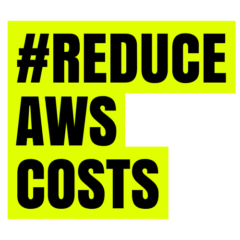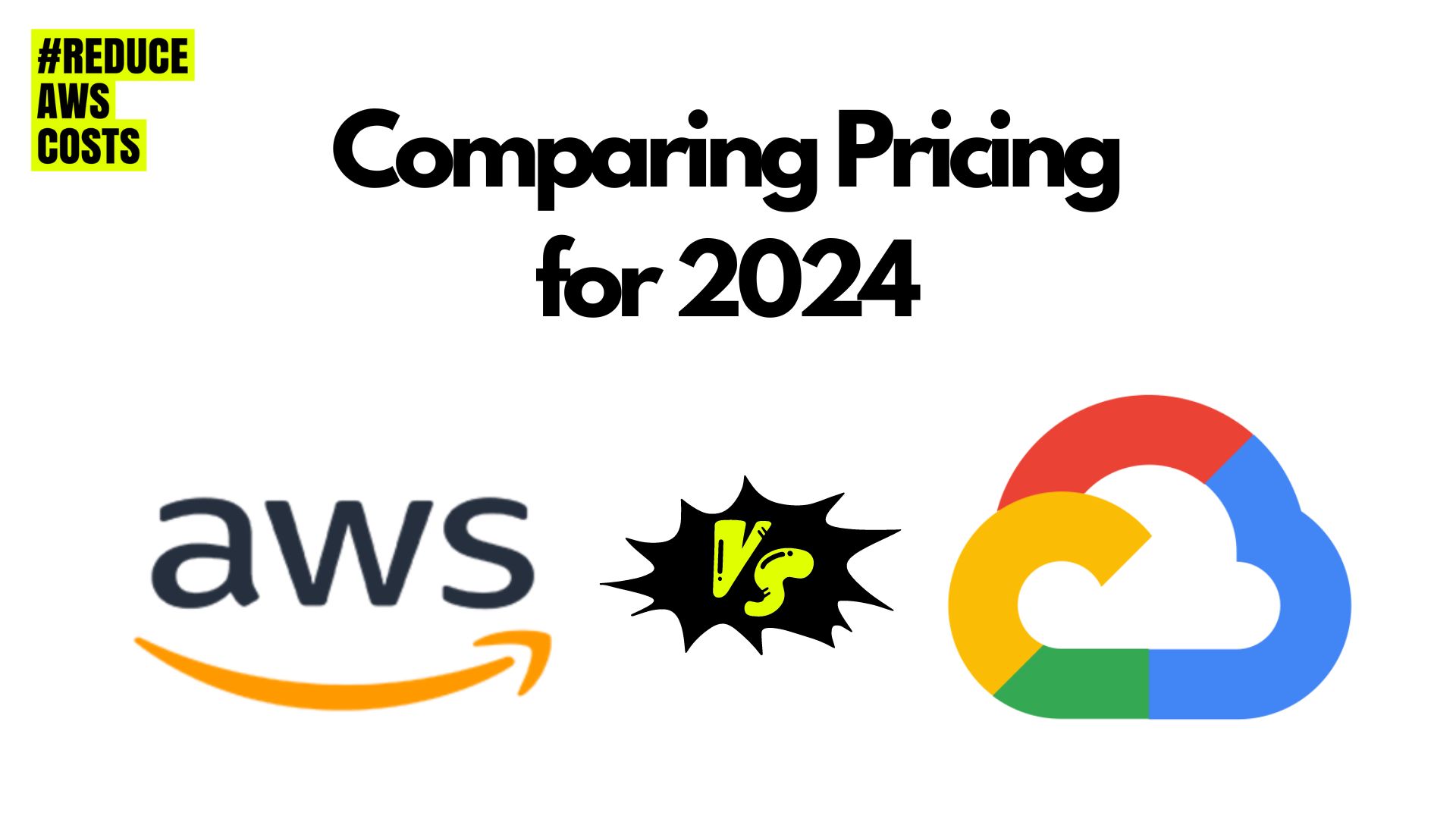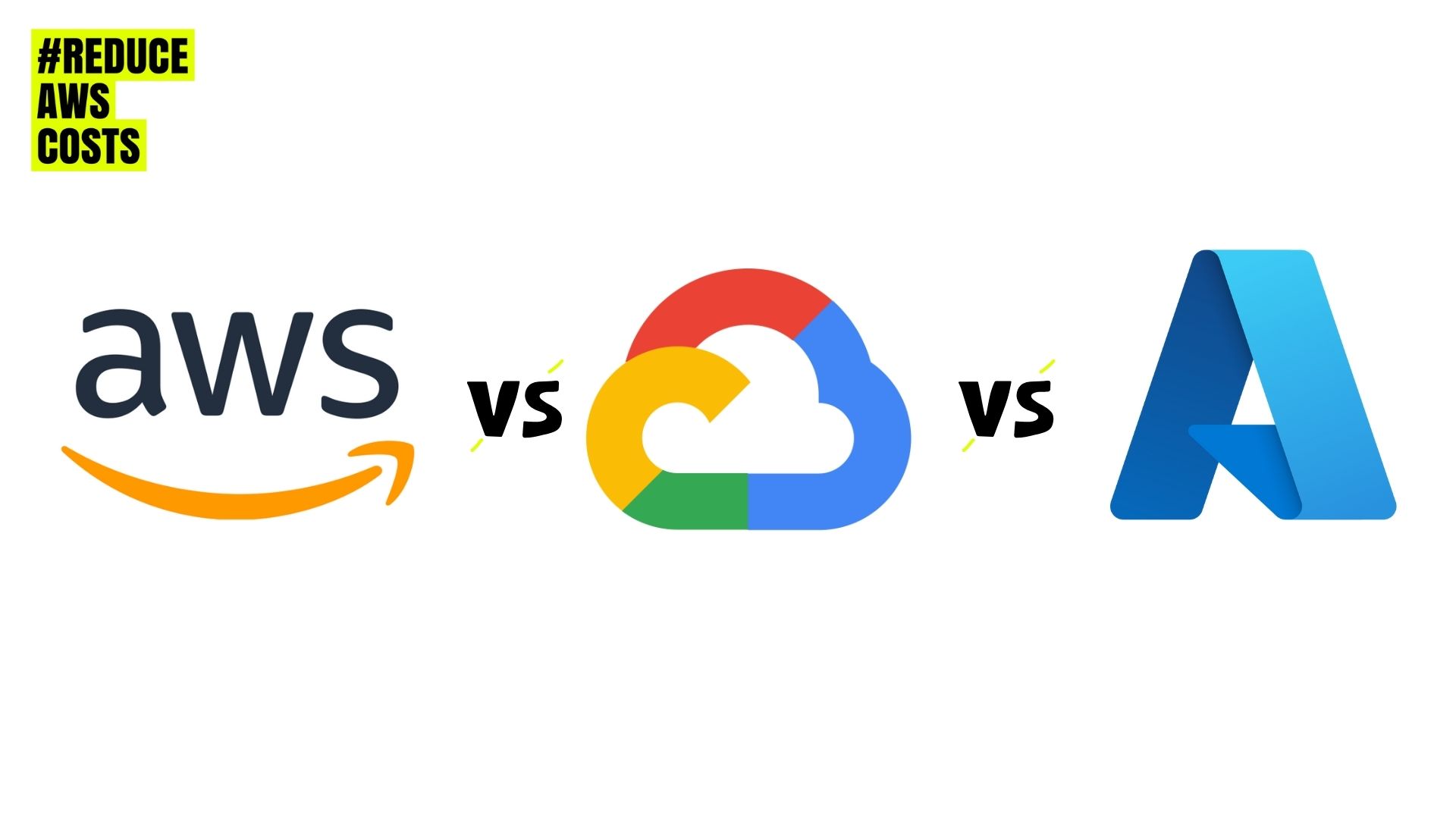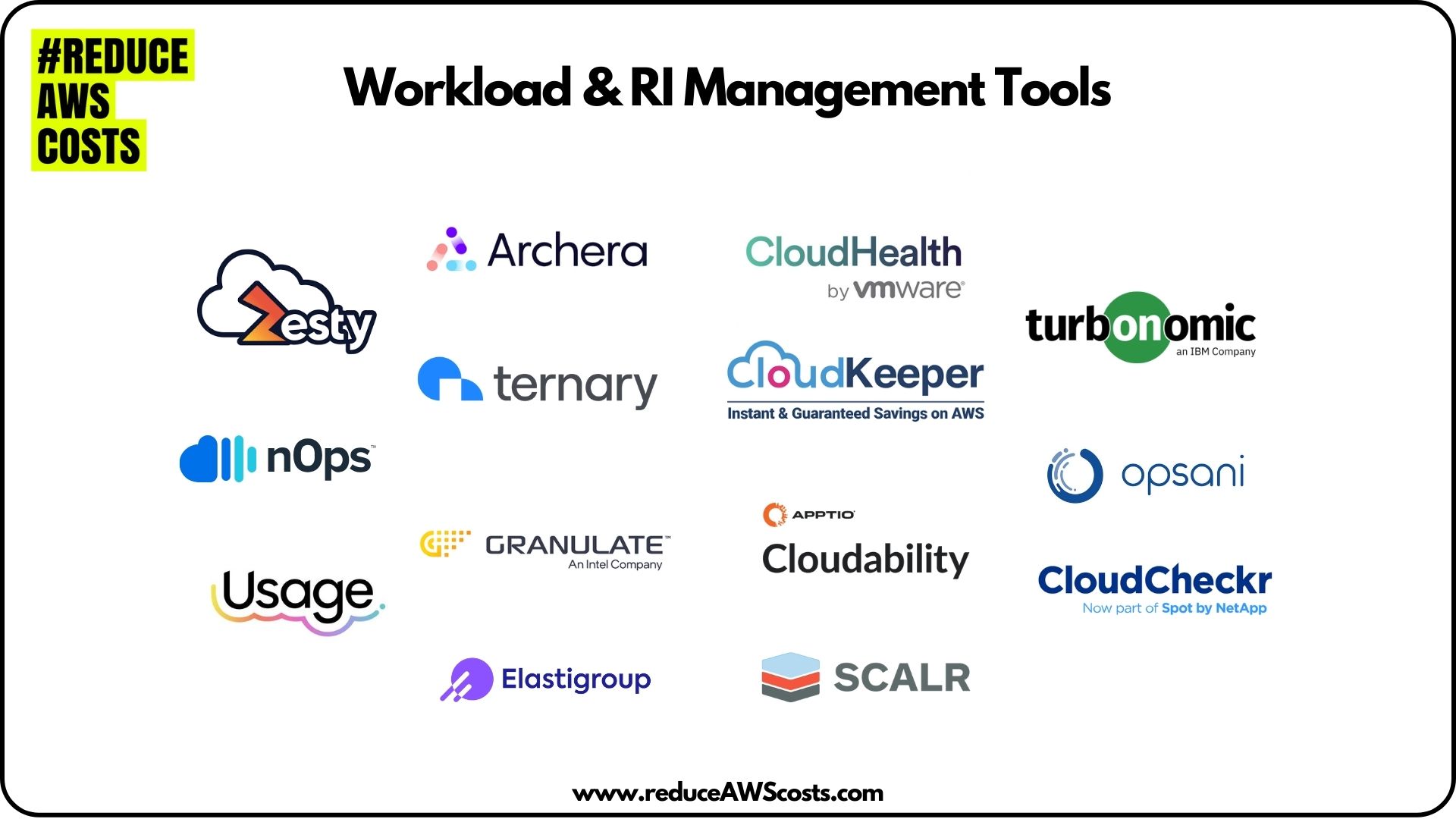Google Cloud vs AWS: In the realm of cloud services, assessing the pricing structures of major providers like Google Cloud and AWS is imperative for businesses seeking the most cost-effective and efficient solutions. However, determining a fair comparison between the pricing models of these two giants involves a nuanced evaluation.
Read even the previous article on Basic Comparison of Top 3 Cloud Services: AWS, GCP, and Azure Services.
Post Outline for Google Cloud vs AWS
I. Key Point To to Look at When Comparing Google Cloud Pricing to AWS
II. AWS vs. Google Cloud: Comparative Market Positions
III. Google Cloud vs. AWS Pricing Comparison for Compute Instances
IV. AWS Pricing Calculator and Google Cloud’s pricing calculator
V. Additional Cloud Pricing Estimation Tools for Comparing Prices
I. Key Point To to Look at When Comparing Google Cloud Pricing to AWS
Comparing Google Cloud pricing to AWS provides businesses with a comprehensive view of the cost structures offered by two major cloud service providers in the world. Google Cloud and AWS, both industry leaders, offer diverse and flexible pricing models for various services, making it essential for organizations to understand the nuances before making decisions. From compute instances to storage solutions, Google Cloud and as well as AWS differ in their pricing strategies, service offerings, and additional costs. A careful examination of these aspects at a glance enables businesses to make informed choices based on their specific needs, ensuring optimal resource utilization and cost-effectiveness in their cloud journey.
1) Service Offerings
Google Cloud and AWS offer a plethora of services, each with its unique pricing structure. To conduct a fair comparison, it’s essential to align specific services with comparable offerings from both providers.
2) Instance Types and Configurations
Comparing the pricing of virtual machine instances, storage, and other resources requires a detailed analysis of their types and configurations. Both Google Cloud and AWS provide diverse options, and a side-by-side examination is necessary for an accurate assessment.
3) Data Transfer Costs
Data transfer costs between regions and to external networks can significantly impact expenses. A comprehensive comparison should account for the data transfer pricing models of Google Cloud and AWS to avoid overlooking potential hidden costs.
4) Discounts and Savings Plans
Both providers offer various discounts and savings plans. Google Cloud’s Sustained Use Discounts and AWS’s Reserved Instances, for example, provide opportunities for cost optimization. A fair evaluation involves considering these discount programs and selecting the most suitable option based on usage patterns.
5) Free Tier and Trial Offerings
Google Cloud and AWS provide free tier options and trial periods for specific services. Evaluating the offerings within these trial periods is crucial for businesses looking to test the waters before committing to a particular cloud provider.
6) Pricing Transparency
Assessing the transparency of pricing information is vital. Your fair comparison should involve scrutinizing the clarity of cost breakdowns, documentation, and tools provided by both Google Cloud and AWS to facilitate accurate budgeting and forecasting.
II. AWS vs. Google Cloud: Comparative Market Positions
In Gartner’s 2023 Magic Quadrant for Cloud Infrastructure, Amazon Web Services (AWS) emerges still as the leader (in comparison to the previous years no more the predominant leader), excelling in both execution and overall vision.
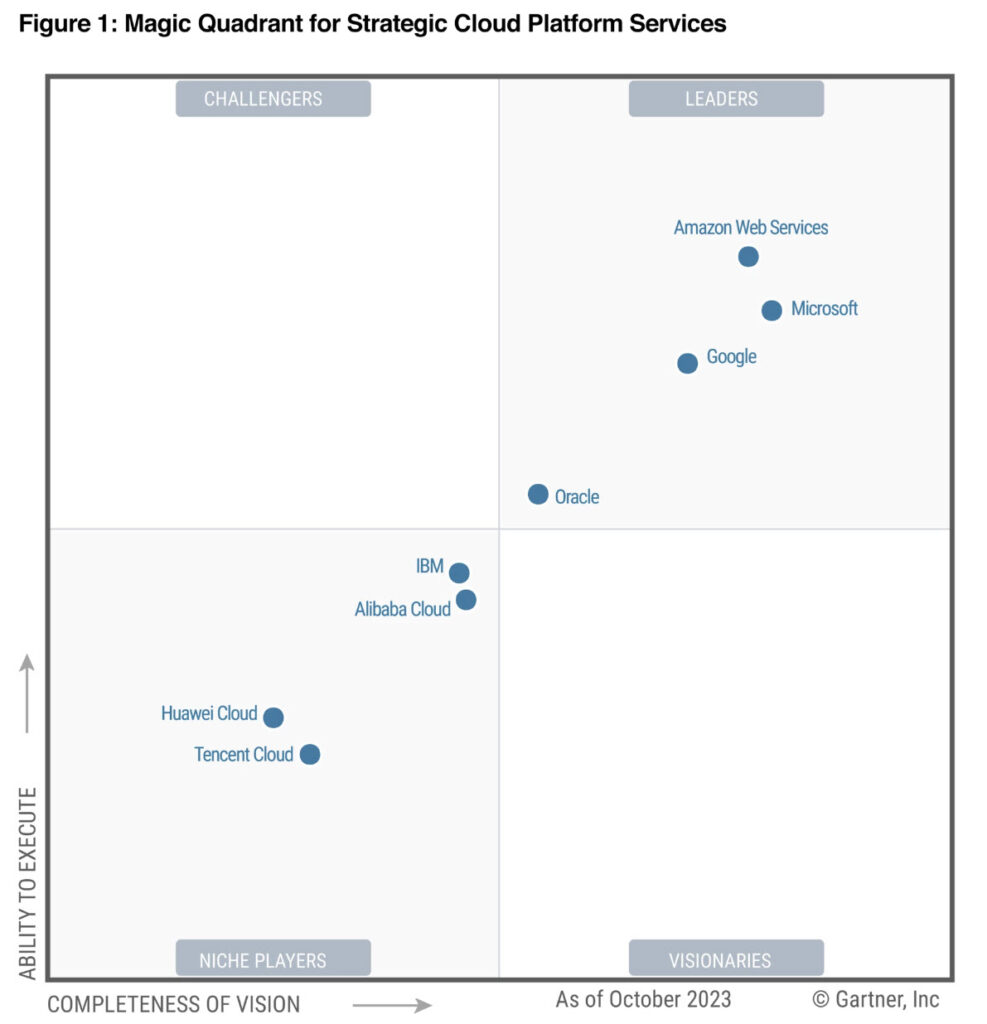
While Google Cloud also secures a position in the leaders quadrant, it stands third, strengthened its position to previous years,, trailing behind Microsoft Azure, as detailed explained in my next Azure vs. Google Cloud comparison article.
1. Gartner’s Insights 2023 from the Report
Gartner‘s evaluation outlines the distinctive strengths and market shares of each provider, summarized in the table below:
| Provider | Gartner’s Insights | Market Share |
|---|---|---|
| AWS | Amazon Web Services (AWS) stands fortunately still as a leader in the Magic Quadrant. Renowned for its comprehensive cloud infrastructure as a service (IaaS) and platform as a service (PaaS) offerings, AWS caters to a wide spectrum of IT use cases. Particularly focused on enabling digital transformation for enterprise clients, AWS emphasizes workload migration and modernization programs. The growth trajectory is fuelled by robust services in databases, analytics, and artificial intelligence/machine learning (AI/ML). AWS has recently forged a strategic partnership with Anthropic, signalling a commitment to advancing its generative AI strategy. | Notably, AWS maintains its leadership with a global IaaS+PaaS market share exceeding 40%, sustaining consistent profitability. YoY Global Market Share: -2% Q3 2023 revenue: $23.1 billion USD YoY Sales Growth: 12% |
| Google Cloud | Google Cloud Platform (GCP) comprehensively caters to a wide range of Infrastructure as a Service (IaaS) and Platform as a Service (PaaS) use cases. It particularly attracts enterprises aiming to replace outdated infrastructure with container-based or serverless alternatives. Optimal utilization of GCP is achieved when organizations embrace Google’s distinctive approach to cloud architecture. Its Rapid Migration Program (RaMP) maintains a greater focus than other cloud migration programs on application modernization and agile methods. | GCP’s market share grew by more than 40% in 2022 and now stands at over 10%, which is significant YoY growth. YoY Global Market Share: +1% Q3 2023 revenue: $8.4 billion USD YoY Sales Growth: 22% |
From this comprehensive assessment you have more clarity on the distinct market positions of AWS and Google Cloud, showcasing their respective strengths, market shares, and key financial metrics. However. AWS’s trend is still the same: loosing portion of its global cloud computing services dominance.
III. Google Cloud vs. AWS Pricing Comparison for Compute Instances
To analyze the pricing distinctions between Google Cloud and AWS for machine instances and object storage, you need to delve into the details. It is recommended to refer to the latest prices on the official pricing pages of Google Cloud and AWS. Additionally, for a broader perspective, explore our article on Azure vs Google Cloud Comparison.
1. On-Demand Google Cloud VMs vs. Amazon EC2 Instances
Below, I present pricing examples for common instance sizes, highlighting the nuances between AWS and Google Cloud. AWS demonstrates a pricing advantage for general-purpose and memory-optimized instances, while Google Cloud offers more economical rates for compute-optimized instances.
| Instance Parameters | Google Cloud Per-Hour Price | AWS Per-Hour Price |
|---|---|---|
| On-Demand / Linux / General Purpose / 2 CPUs | $0.107 | $0.100 |
| On-Demand / Linux / Compute Optimized / 2 CPUs | $0.813 | $0.100 |
| On-Demand / Linux / Memory Optimized / 2 CPUs | $0.134 | $0.133 |
It’s crucial to note that Google instances provide slightly less RAM.
2. Reserved Google Cloud VMs vs. Reserved Amazon EC2 Instances
Comparing the reserved instance options, Google Cloud aligns with AWS in offering per-month payments. While Google Cloud provides similar discounted pricing across most instance types, AWS instances boast more memory. It’s noteworthy that Google Cloud allows instance type conversion during the commitment period, a feature not present in AWS unless opting for the “Convertible Instance” tier with a reduced discount.
| Instance Parameters | Google Cloud Per-Hour Price | AWS Per-Hour Price |
|---|---|---|
| Reserved 1 Year / Linux / General Purpose / 4 CPUs | $0.128 | $0.123 |
| Reserved 1 Year / Linux / Compute Optimized / 4 CPUs | $0.095 | $0.107 |
| Reserved 1 Year / Linux / Memory Optimized / 4 CPUs | $0.159 | $0.159 |
3. AWS Upfront Payment Options
AWS provides substantial discounts for upfront payments, making it more appealing than Google Cloud for those willing to pay some or all of the instance cost upfront. The table below illustrates the additional discounts available on AWS for prepayment, focusing on General Purpose instances.
| 1 Year Reserved | 3 Year Reserved | |
|---|---|---|
| Monthly Payment | 38% | 57% |
| Partial Upfront Payment | 41% | 60% |
| Full Upfront Payment | 42% | … |
Understanding these pricing intricacies is essential for businesses to make informed decisions based on their specific budgeting and usage requirements.
4. Google Cloud vs. AWS Pricing: Storage Comparison
In the realm of cloud storage, Google Cloud and AWS present two major categories—elastic object storage and block storage attached to compute instances. Let’s explore the pricing differentials between these cloud giants in each category.
a) Object Storage Pricing
When comparing Google Cloud Storage and Amazon S3, two notable distinctions emerge. Google Cloud charges for network egress and per operation performed on stored objects, necessitating thoughtful modelling of data access. Additionally, Google Cloud provides instant access to all infrequent storage tiers, while Amazon’s archive storage option offers configurable access times ranging from minutes to hours.
Flat Comparison of Storage Prices per GB:
| Storage Parameters | Google Cloud Price Per GB | AWS Price Per GB |
|---|---|---|
| Frequent Access / First 50 TB | $0.026 | $0.0230 |
| Frequent Access / 51-500 TB | $0.026 | $0.0220 |
| Infrequent Access | $0.010 | $0.0125 |
| Archive Storage | $0.070 | $0.0040 |
Additional Costs for Network Egress and Data Usage by Google Cloud:
| Storage Types | Network Egress Outside GCP (except Asia) | Cost Per 10,000 Class A Data Operations | Cost Per 10,000 Class B Data Operations |
|---|---|---|---|
| Standard Storage | $0.08-0.12 (depending on data volume) | $0.05 | $0.004 |
| NearLine Storage | $0.08-0.12 (depending on data volume) | $0.10 | $0.01 |
| ColdLine Storage | $0.08-0.12 (depending on data volume) | $0.10 | $0.01 |
5. Block Storage Pricing
Both Google Cloud (persistent disks) and AWS (Elastic Block Store) offer block storage services. Key differences include Google’s provision of high availability across regions and not charging for extra IOPS, while AWS charges for provisioned IOPS.
Comparison of Block Storage Volume Type Prices per GB:
| Block Storage Volume Type | Google Cloud Price Per GB | AWS Price Per GB |
|---|---|---|
| Local standard volume | $0.040 | $0.045 |
| SSD volume | $0.170 (unlimited IOPS) | $0.1 (additional cost for provisioned IOPS) |
| Regional standard volume | $0.080 | N/A |
| Regional SSD volume | $0.340 | N/A |
| Snapshot storage | $0.026 | $0.05 |
| Multi-regional snapshot storage | $0.026 in each multi-region | N/A |
IV. AWS Pricing Calculator and Google Cloud’s pricing calculator
Selecting the right cloud service provider is a pivotal decision for your businesses, and understanding the associated costs is a crucial aspect of this process. Fortunately, both Amazon Web Services (AWS) and Google Cloud offer sophisticated pricing calculators to help users estimate and plan their cloud expenses effectively.
I’ll explore the AWS Pricing Calculator and Google Cloud’s Pricing Calculator here more in details, shedding light on their features, benefits, and how they empower users in the cloud decision-making journey.
1) AWS Pricing Calculator
Overview
The AWS Pricing Calculator is a robust tool designed to provide users with a detailed breakdown of potential costs based on their specific usage patterns and configurations. It covers a vast array of AWS services, allowing users to tailor their estimates according to their project requirements.
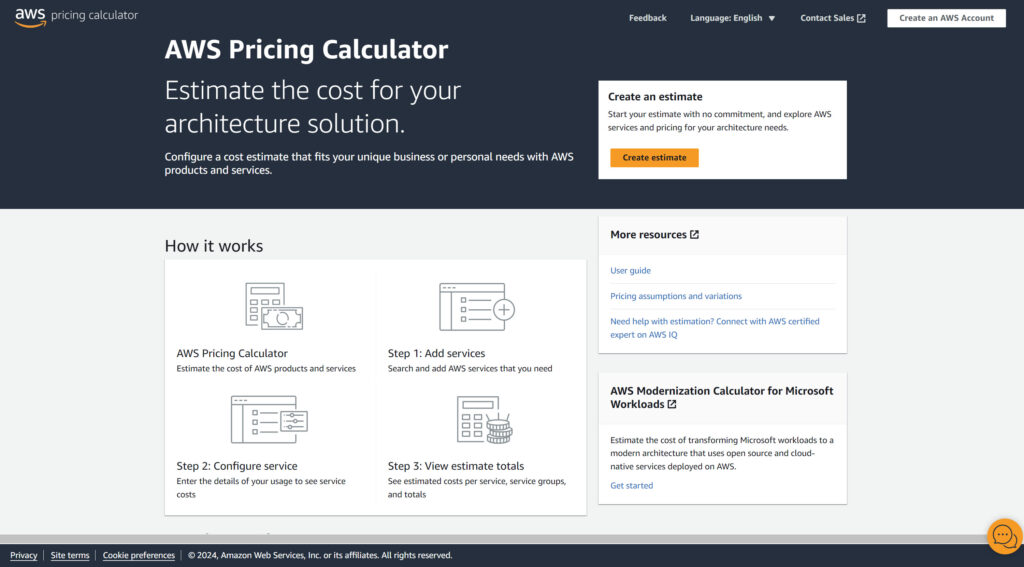
Key Features of the AWS Pricing Calculator
- Service-Specific Customization: The calculator allows users to choose from a wide range of AWS services, including compute, storage, database, networking, and more. Users can customize each service based on their anticipated usage.
- Region Selection: AWS operates in multiple regions globally, and the calculator enables users to estimate costs specific to the regions they intend to deploy their resources.
- Reserved Instances Planning: Users can explore the potential savings of using Reserved Instances, factoring in different payment options, such as no upfront, partial upfront, and all upfront payments.
- Export and Share: The calculator provides options to export estimates and share them with team members or stakeholders for collaborative decision-making.
2) Google Cloud Pricing Calculator
Overview
Similarly, Google Cloud offers a Pricing Calculator that empowers users to estimate the cost of their cloud resources. It is designed to be user-friendly while providing detailed insights into pricing components.
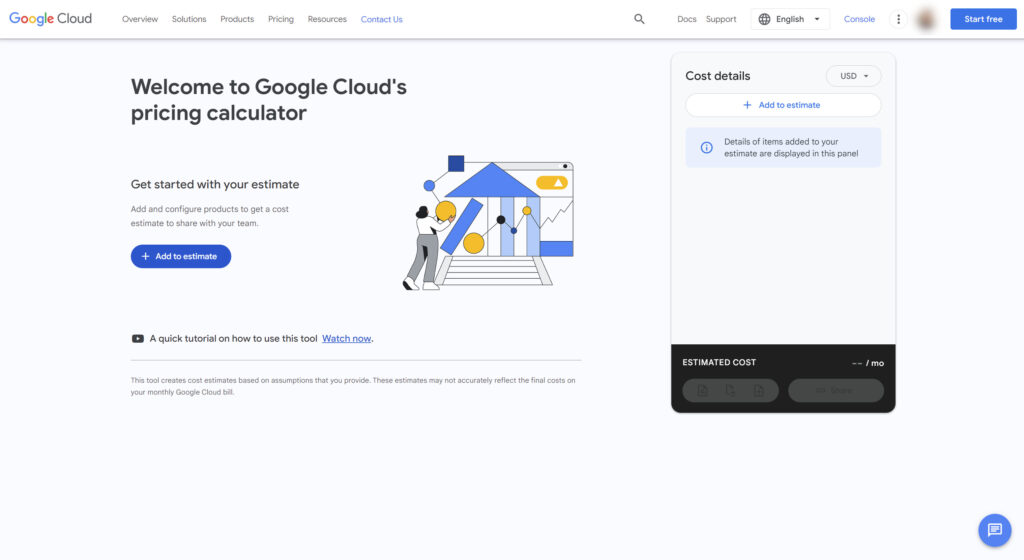
Key Features of Google Cloud Pricing Calculator
- Wide Range of Services: Google Cloud’s calculator covers various services, also including compute, storage, networking, databases, and machine learning. Users can customize each service based on their specific needs.
- Project-Specific Estimates: Users can create multiple projects within the calculator, enabling them to estimate costs for different initiatives separately.
- Custom Machine Types: Google Cloud allows users to estimate costs based on custom machine types, also providing flexibility in configuring virtual machines according to specific requirements.
- Visual Representations: The calculator includes visual representations of cost breakdowns, making it easier for users to understand where their expenses are concentrated.
3) Conclusion on the cloud pricing calculators
Both AWS and Google Cloud’s Pricing Calculators play pivotal roles in helping users gain clarity on their potential cloud expenses. Whether you are considering AWS or Google Cloud for your cloud infrastructure, utilizing these calculators is essential for accurate budgeting and resource planning. By leveraging the insights provided by these tools, businesses can make informed decisions that align with their requirements and financial goals in the dynamic landscape of cloud computing.
Keep in mid that both of these cloud pricing calculators are marketing tools and not cloud cost optimization tools.
V. Additional Cloud Pricing Estimation Tools for Comparing Prices
Explore the pricing calculators provided by AWS and Google for in-depth insights into anticipated cloud costs for specific configurations.
Additionally, consider even the Total Cost of Ownership (TCO) calculators (AZURE), Cloud Pricing Calculator (Alibaba), CLOUD Pricing Calculator (HUAWEI), or Cloud Price Estimate Calculator (DigitalOcean) to estimate the costs by the competitors. Third party Cloud pricing calculators like Holori.com offer overview of all the major platforms ion one screen.
For efficient cost optimization on both Google Cloud and AWS, the new AI driven services like dump.co can lead to potential cost reductions of up to 60%.
VI. Final Conclusion
Determining whether Google Cloud or AWS offers more favourable pricing requires a comprehensive and context-specific evaluation. It involves considering the nature of the services utilized, instance types, data transfer patterns, available discounts, and the overall transparency of pricing structures. In essence, a fair comparison entails a nuanced understanding of the specific requirements and usage scenarios relevant to each business, ensuring an equitable assessment of Google Cloud and AWS pricing models.
